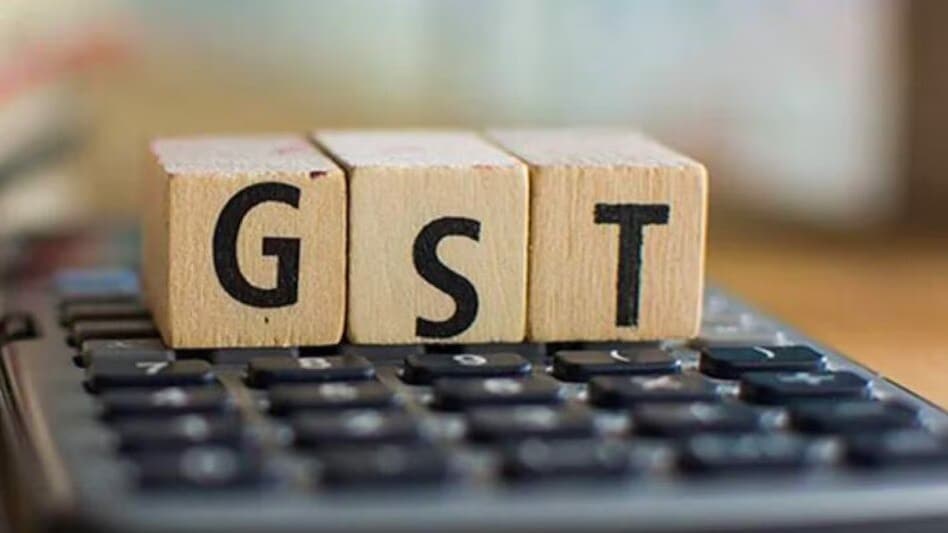 The upcoming meeting of the GST Council, led by Finance Minister Nirmala Sitharaman and including state finance ministers, is scheduled for December 21.
The upcoming meeting of the GST Council, led by Finance Minister Nirmala Sitharaman and including state finance ministers, is scheduled for December 21. The upcoming meeting of the GST Council, led by Finance Minister Nirmala Sitharaman and including state finance ministers, is scheduled for December 21.
The upcoming meeting of the GST Council, led by Finance Minister Nirmala Sitharaman and including state finance ministers, is scheduled for December 21.GST meet: The Goods and Services Tax (GST) was one of independent India’s largest economic reforms, implemented in July 2017. Since then multiple modifications including legal ones were made to the GST law to facilitate business operations and ease the compliance burden.
Yet, there are several areas that are evolving, andon which further action and developments can be expected. Three such prominent yet vital topics concerning rates, litigation and disputes, and the newly introduced Invoice Management System (IMS) that will be in the limelight in 2025 are discussed here.
First, there is a school of thought that the current GST rate structure needs to be revamped so as also to boost businesses, resolve classification disputes, simplify the architecture and eliminate multiple rates, and eliminate an inverted duty structure.
The GST Council is scheduled to meet on December 21, 2024, to discuss GST rate rationalization and decide on the recommendations made by the Group of Ministers (GoM) on GST rate changes.
The Fitment Committee is looking at the current four tier GST rate structure and evaluating consolidation of the GST rate slabs. Separately, the GoM on rate rationalization (led by Bihar Deputy Chief Minister Sudhir Chawdhary) has discussed tax rate tweaks on multiple items including textiles, fertilizers, handloom, pruning the current GST slab of 12% and some of the rate rationalisation recommendations, include an exemption to health insurance premium with a coverage of Rs 5 lakhs for individuals, reduction of the GST rate on certain goods such as packaged drinking water (20 litres and above), bicycles (costing less than 10,000), notebooks to 5% and increaseof the rate on certain luxury products including high-end wristwatches and shoes to 28%.
Another committee led by Dr. Pramod Sawant is evaluating various GST issues for the real estate sector. Businesses will have to track such rates and legal amendments besides evaluating the impact on their operations.
Secondly, GST authorities have intensified audits, assessments and investigations for multiple financial years, resulting in demand orders and litigation.
As per a response in the Indian Parliament, over 14,000 GST appeals were pending to be filed with the GST Appellate Tribunal (GSTAT) as of August 2023. While the Government had started the process of formation of the GST Tribunal almost a year back, the Tribunal benches are yet to become operational. The Revenue Secretary very recently stated that activities on this behalf are ongoing (the President has been appointed) and, the Government expects that the GSTAT shall be functional by the end of this financial year. Businesses need to ensure timely filing of appeals, as also adopting interim steps so that precipitate actions for recovery are not adopted by tax officials.
Interestingly, the GST Council announced an amnesty scheme, which provides for conditional waiver of interest and penalty provided the applications for availing the waiver are filed within the specified timelines, i.e. 30th June 2025 - businesses need to evaluate their options and whether it will be appropriate, for a given case, to seek waivers under the amnesty scheme or litigate.
The GST Council in the September 2024 meeting recommended pilot testing of B2C E-invoicing and implementation of IMS.
The IMS system is a facility on the GST portal,effective from 1 October 2024. Under this system the supply-recipient is required to either accept or reject an invoice and credit note and has the option to keep pending an invoice or credit note. In case no action is taken by the recipient on any document, the document would be deemed to be accepted.
In IMS, in case the recipient rejects the credit note, the tax amount indicated in the credit note is added to the tax liability of the supplier.
Based on the actions undertaken by the recipient, the GSTN portal will generate Form GSTR 2B, which contains the key data set for taxpayers to reconcile the input tax credit, ascertain the final tax payable in cash, and file the GST returns.
Businesses (on the supply side) need to streamline the process of issuing credit notes to customers, aiming to minimise rejection of credit notes. While the IMS system aims to streamline the ITC process and reduce discrepancies in GST filings, its legal position and challenges to it may be witnessed. Previously, the GST law had provisions for acceptance or rejection of invoices and credit notes, with corresponding impact on tax liability of taxpayers but, these were omitted with effect from October 2022, and so, there are no specific legal provisions on this.
The new system has presented challenges, particularly in integrating IMS with businesses' ERP systems. While the system has recently gone live, there have been some limitations in its functionality. By 2025, IMS will continue to evolve and keep taxpayers and professionals on their toes.
The authors work with Dhruva Advisors LLP